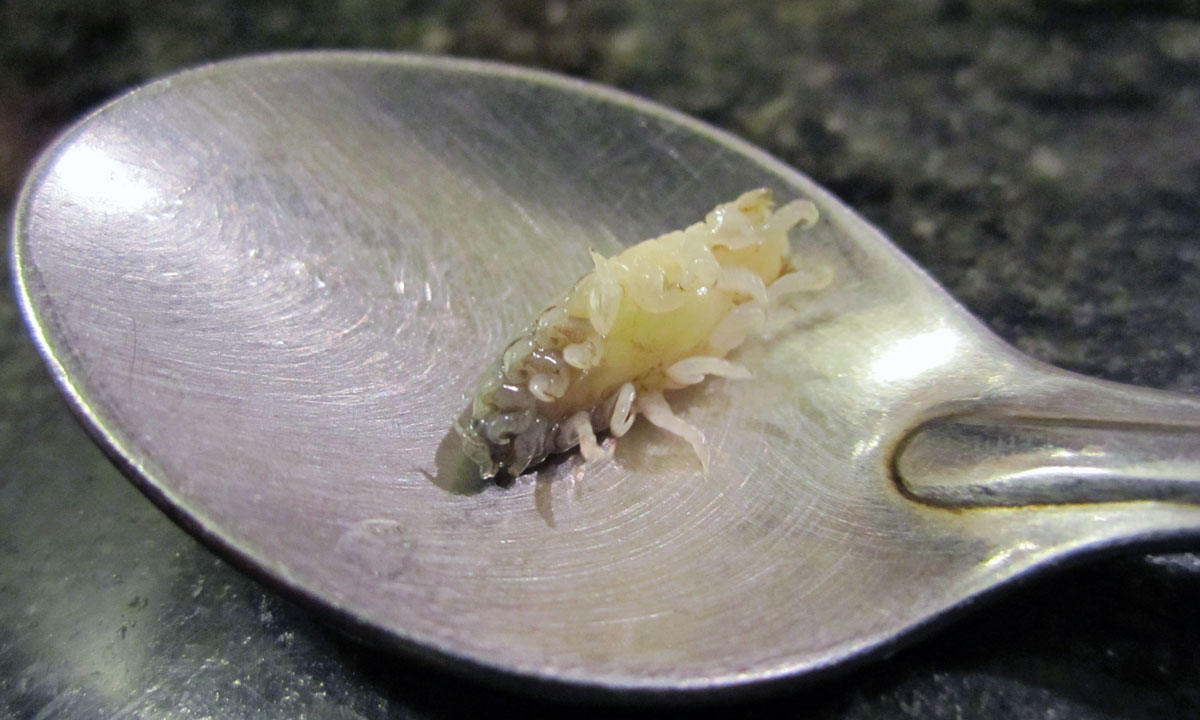
Just when you think you’ve heard it all, you find out there’s a parasite that eats the tongues of fish before setting up shop inside their mouths.
The tongue-eating louse, or Cymothoa exigua, is a tiny crustacean that survives by severing the tongues of fish, then attaching itself to the leftover stub — essentially becoming the fish’s tongue. It’s the only parasitic organism known to science that completely replaces an entire organ in its host.
Oh, and if that wasn’t weird enough, these parasites change sex half-way through their life cycle, too.
This parasite feasts on a fish’s tongue until it atrophies and falls off — then it lives in the fish’s mouth as its new tongue. It’s called a tongue-eating louse from r/natureismetal
The sneaky parasite finds its way into the fish’s mouth through the gills, attaching themselves there until they mature, at which point, the louse changes sex from male to female. The (now) female then detaches itself from the gills and makes it way to the base of the tongue, securing itself there with its strong hind legs.
After one bite to pierce the flesh, the shameless parasite begins relentlessly sucking the blood out of the fish’s tongue. Eventually, the blood vessels in the tongue are severed, and it falls off. The louse then uses this as an opportunity to attach itself to the nub, completely taking over tongue duty.

Surprisingly, this process doesn’t seem to harm or kill the fish; the fish simply adapts and begins using the sizable crustacean as a tongue. The parasite remains there permanently, feeding on blood and bits of mucus that pass through the mouth.
These tongue-eating parasites generally seek out snappers, but they have also been documented inside the mouths of 7 other species of fish.

This unpleasant parasite is widespread and can be found from the Gulf of California to Ecuador, in addition to parts of the Atlantic, at depths ranging from 6 feet to nearly 200 feet.
WATCH NEXT: Australian Redback Spider Eats Snake




